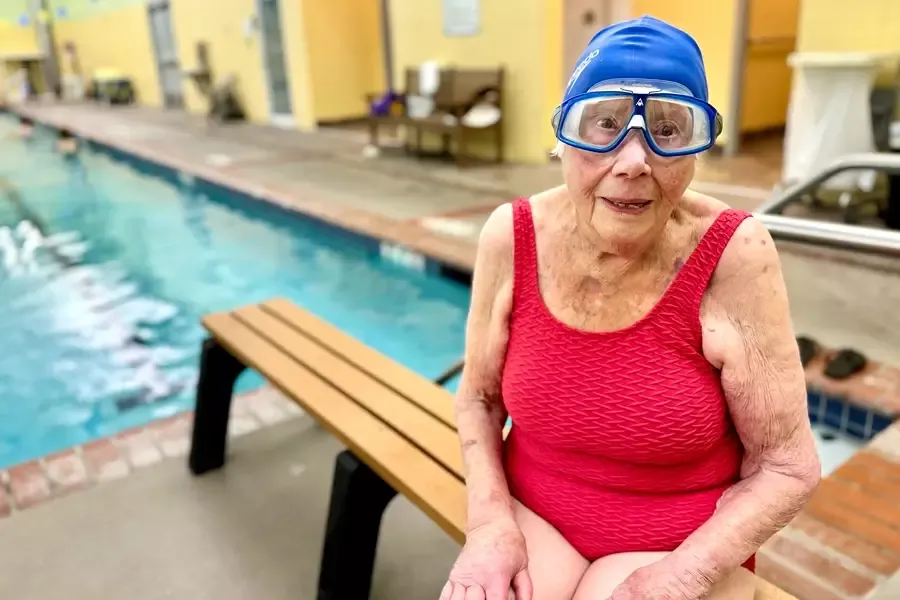
You’ve just run your hands under warm water with soap. They’re clean now, right?
Not exactly.
Handwashing is one of the best ways you and your family can stay healthy all year long. To that end, it’s important you’re soaping up correctly to prevent respiratory and diarrheal illnesses that often spread from person to person or from surfaces to people.
Here are five ways you’re probably washing your hands wrong – with tips on doing it right!
1. Know when to wash
Most of us know to wash our hands after using the bathroom, before or after treating a cut or wound, or blowing our nose, coughing or sneezing.
But there are other times you should also wash your hands, including:
- Before, during and after preparing or eating food
- After handling pet food or pet treats
- After touching garbage
- After changing a child’s diaper or helping them use the toilet
- After touching an animal, animal feed or animal waste
- Before and after caring for someone who is sick with vomiting or diarrhea
2. Wet your hands first
Lathering up without first getting your hands wet is like putting shampoo on dry hair – just don’t do it!
To start the handwashing process off right, be sure to wet your hands with clean, running water (warm or cold), turn off the tap and then apply soap.
3. Start soaping up
Once that part is done, use soap to lather your hands thoroughly.
Be sure to clean both sides of your hands, between your fingers and under your nails. Scrub for at least 20 seconds before turning the tap back on and rinsing. Pro tip: humming the “Happy Birthday” song from beginning to end twice will help pass the time.
4. Don’t forget to dry
After rinsing, always use a clean towel or an air dryer to remove moisture from your hands. Why? Because germs can be transferred more easily to and from wet hands.
If you’re concerned about getting germs on your hands again by turning the water off, you can keep your hands clean by using a paper towel or your elbow when touching the faucet.
5. Hold the sanitizer
You might think hand sanitizer is a quick and easy alternative to handwashing. While it can help get rid of some germs, it’s no match for tried-and-true soap and water.
Sanitizer can not only fail at removing all types of germs and pesticides, but it’s also ineffective at cleaning hands that are visibly dirty or greasy. Sanitizer may also cause alcohol poisoning if accidentally ingested – so be sure to keep it out of reach of young children and supervise their use.
While we always recommend soap and water when washing your hands, sometimes they are not readily available. In that case, use sanitizer with at least 60% alcohol to kill the most germs on your hands.
To use sanitizer correctly, apply the gel product to the palm of one hand, cover all surfaces of your hands, and rub your hands and fingers together until they’re dry (or for about 20 seconds).
For more information about handwashing, visit the CDC’s website today.


